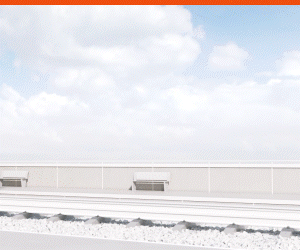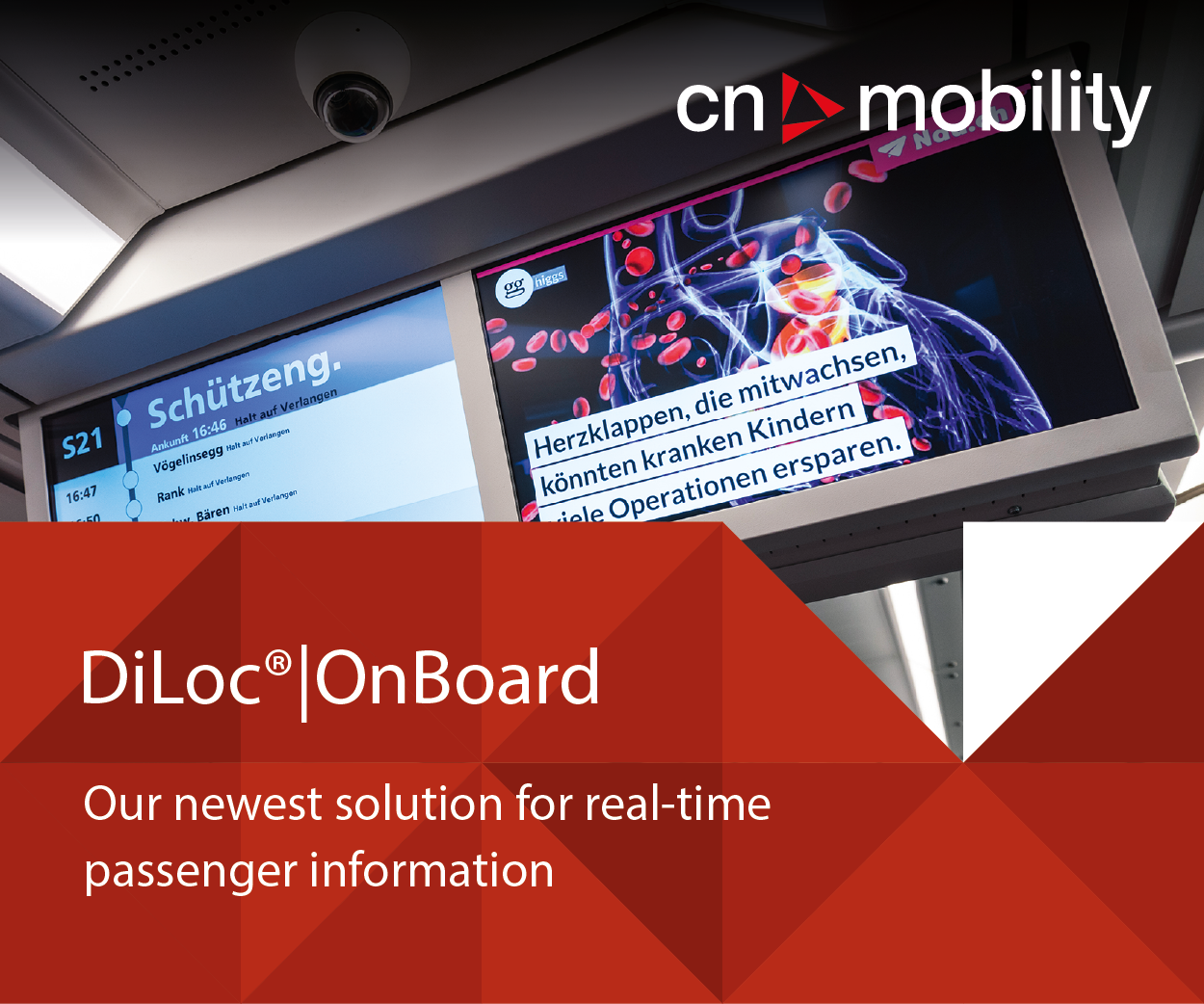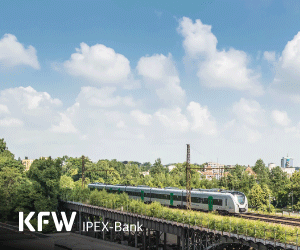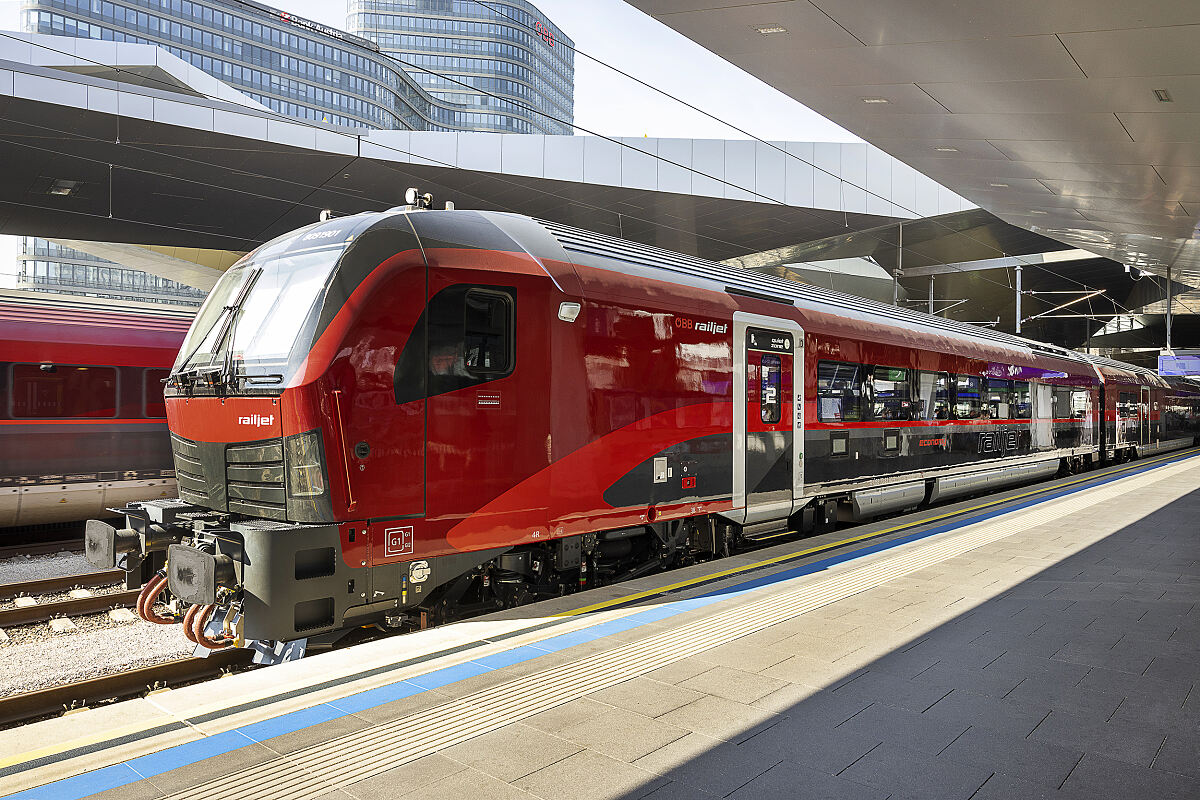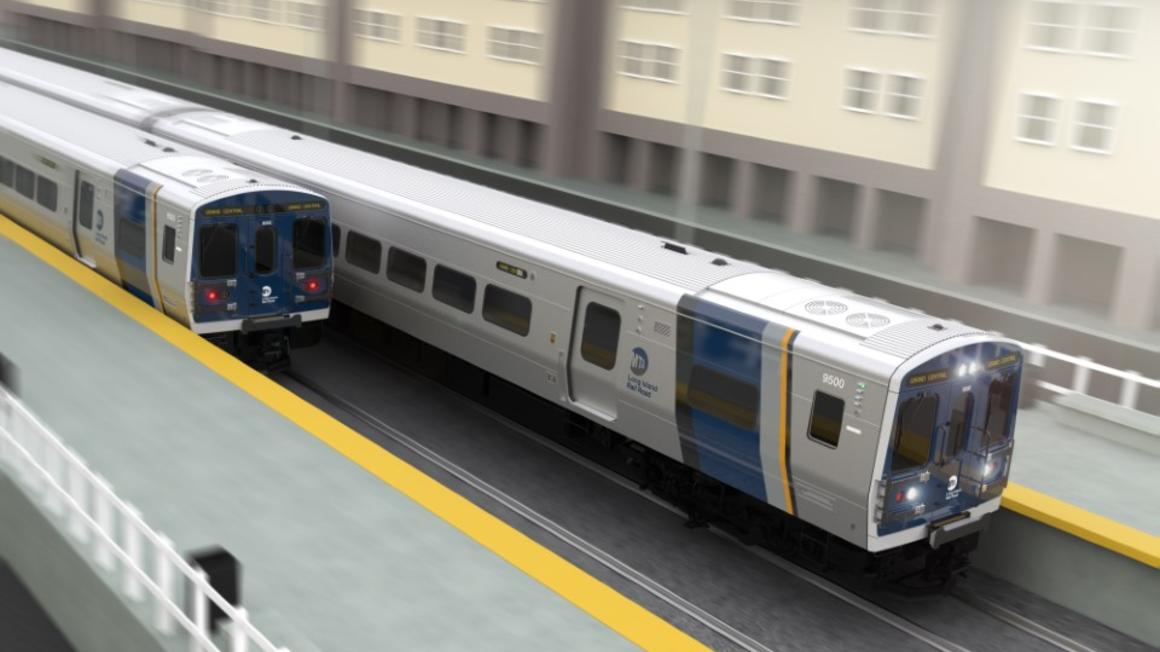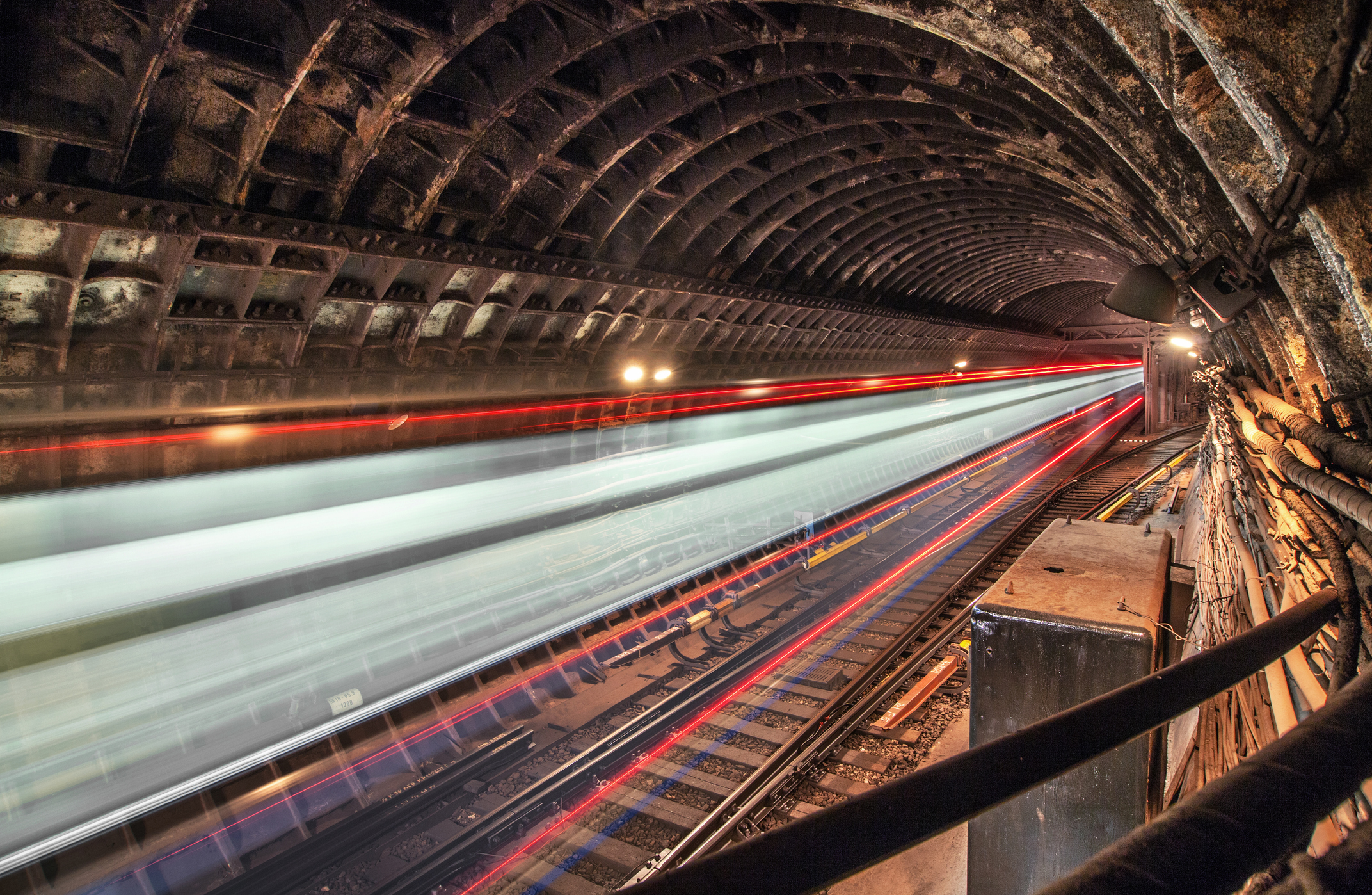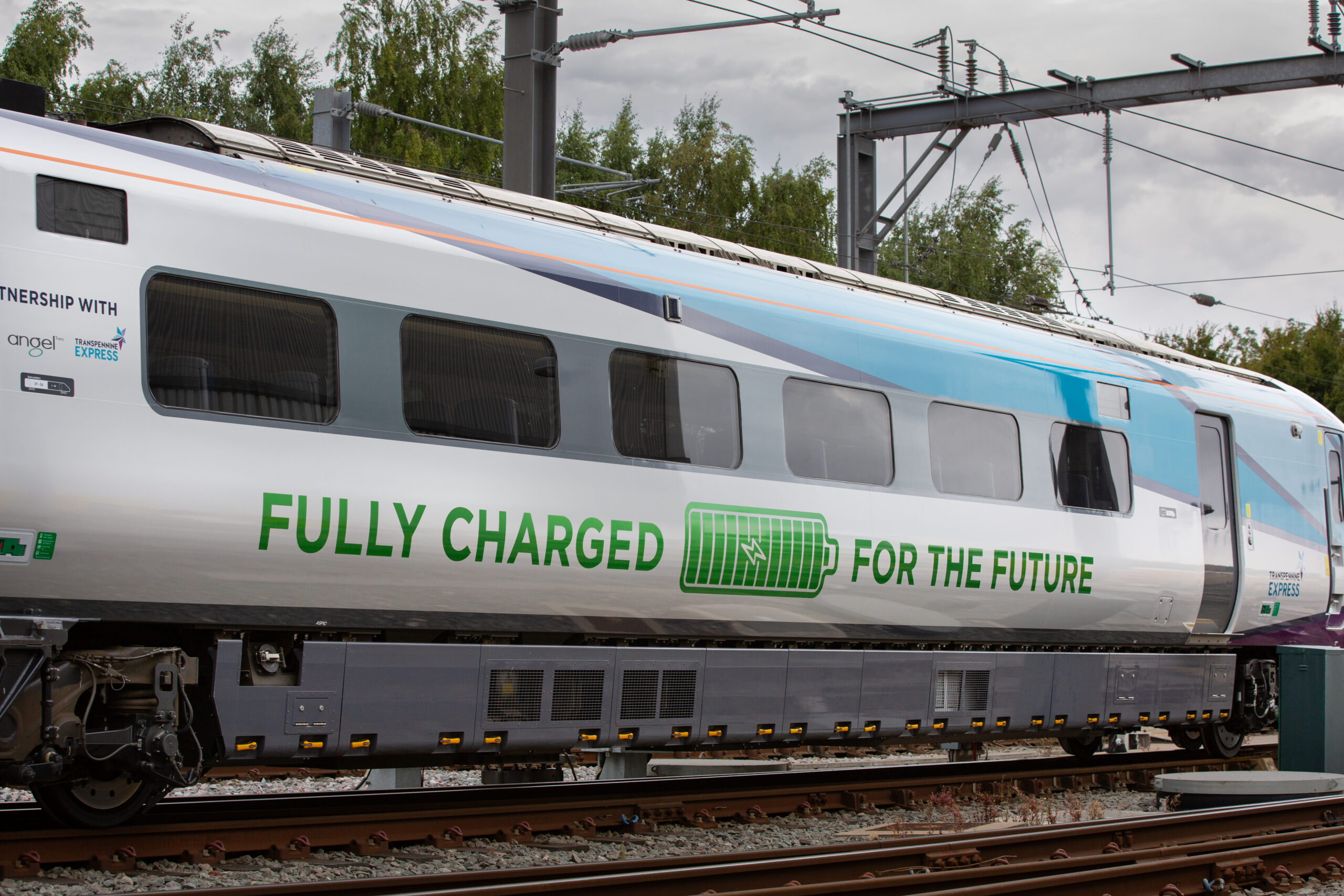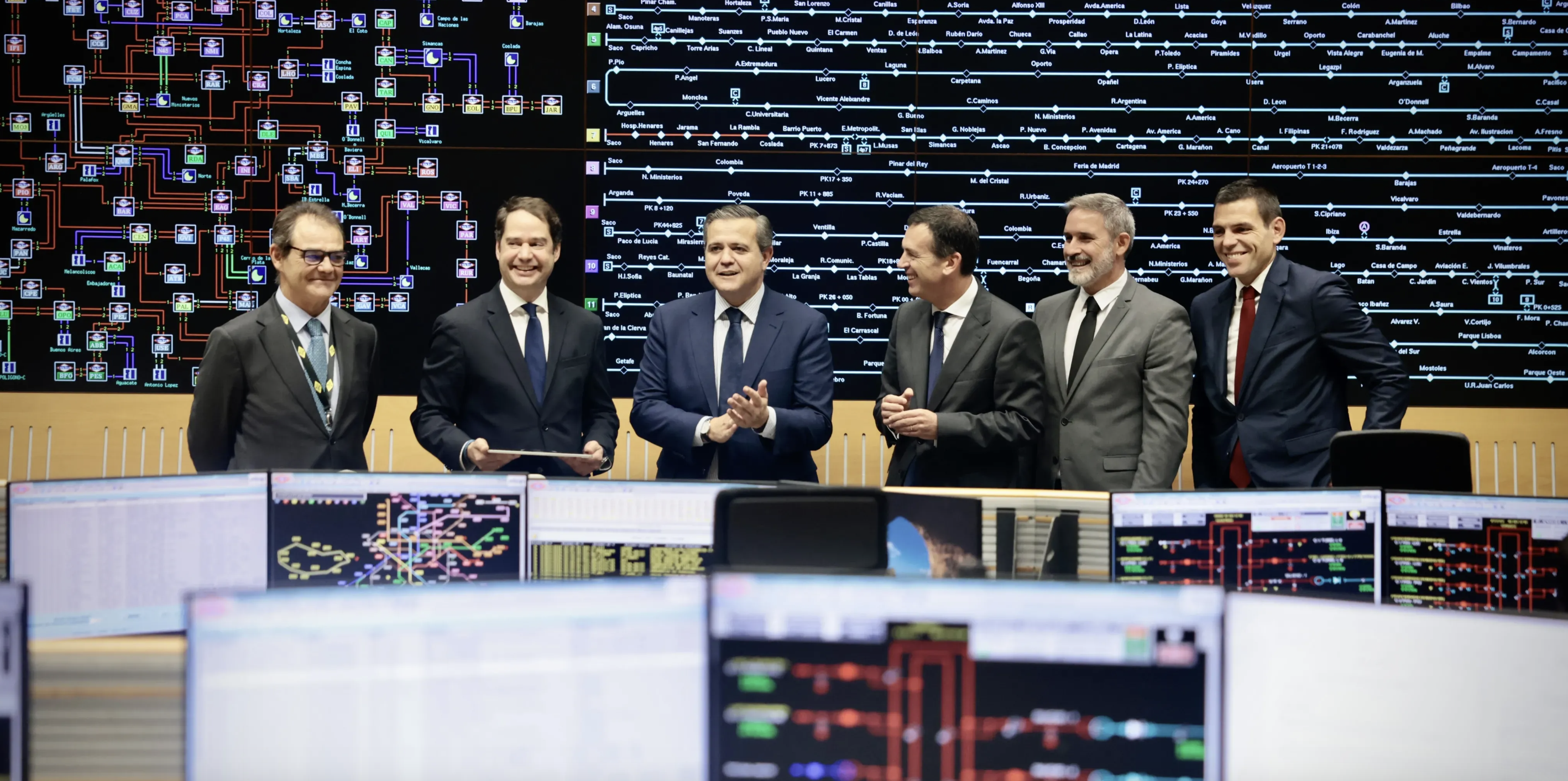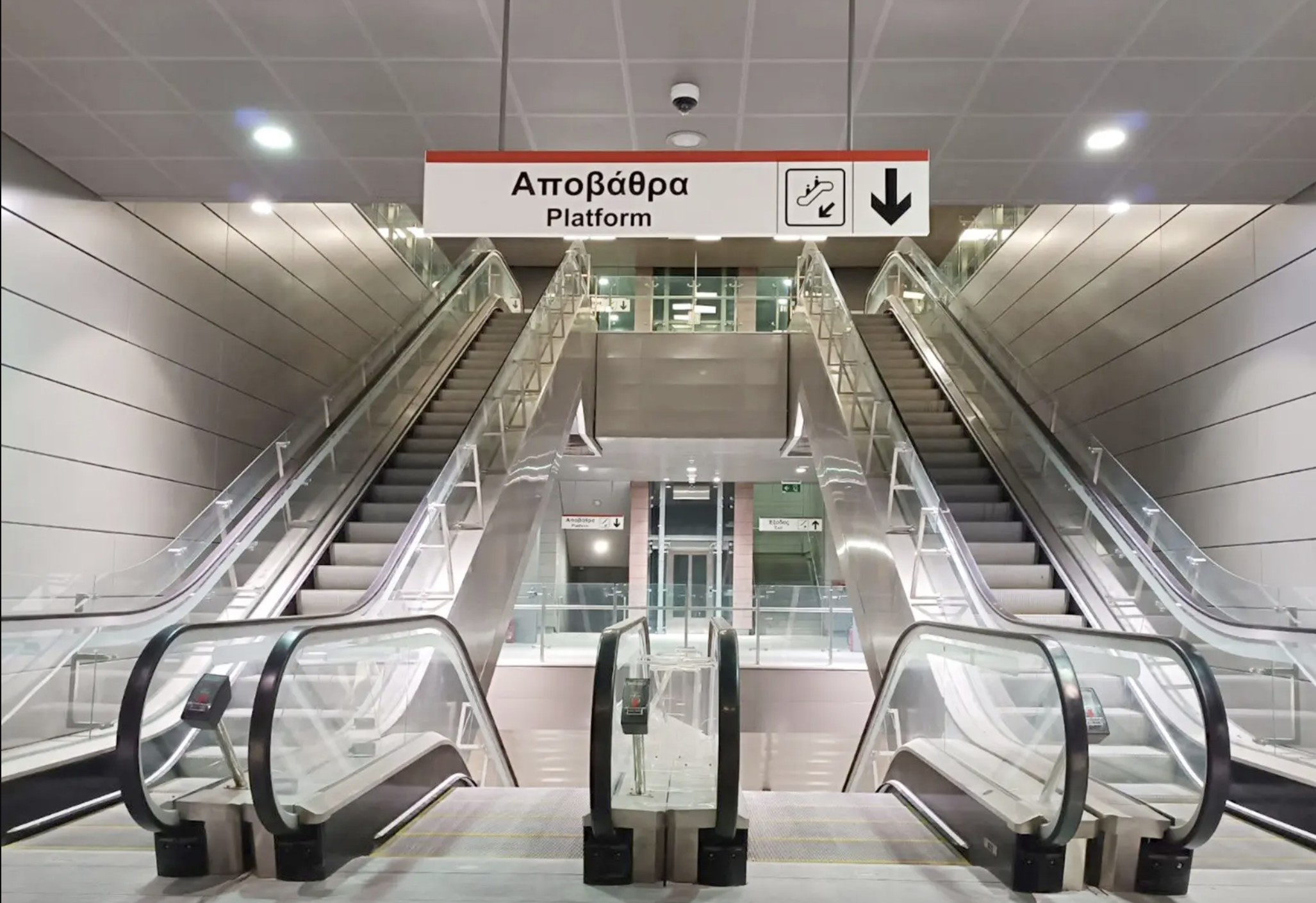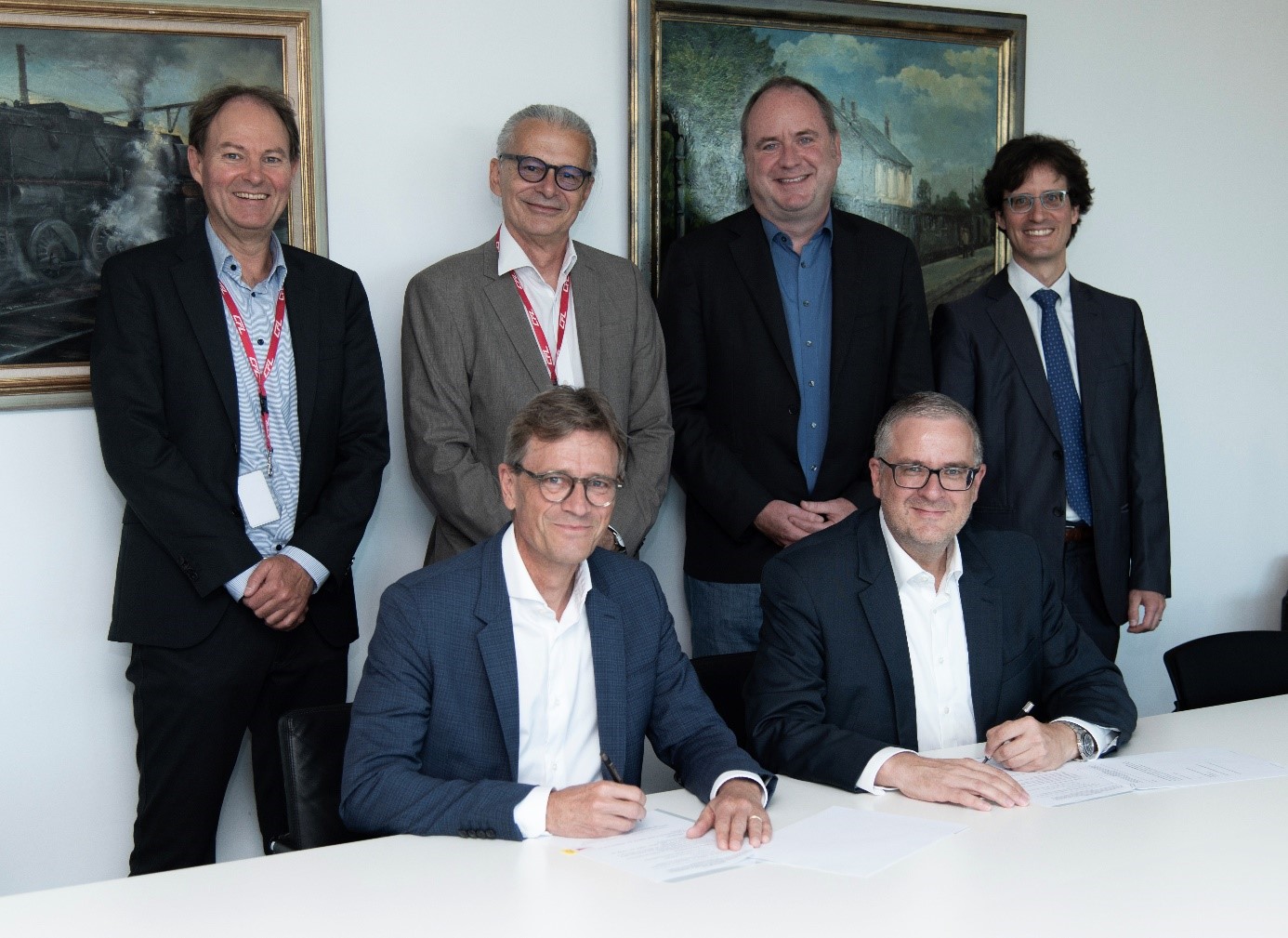Hitachi Rail has launched Greece’s first driverless metro system, introducing advanced technology in Thessaloniki.
In its first phase, the metro covers a 9.6-kilometre route with 13 stations and is projected to significantly reduce road traffic and carbon emissions.
Future extensions include a 4.8-kilometre addition with five extra stations, ultimately linking the city centre to the airport.
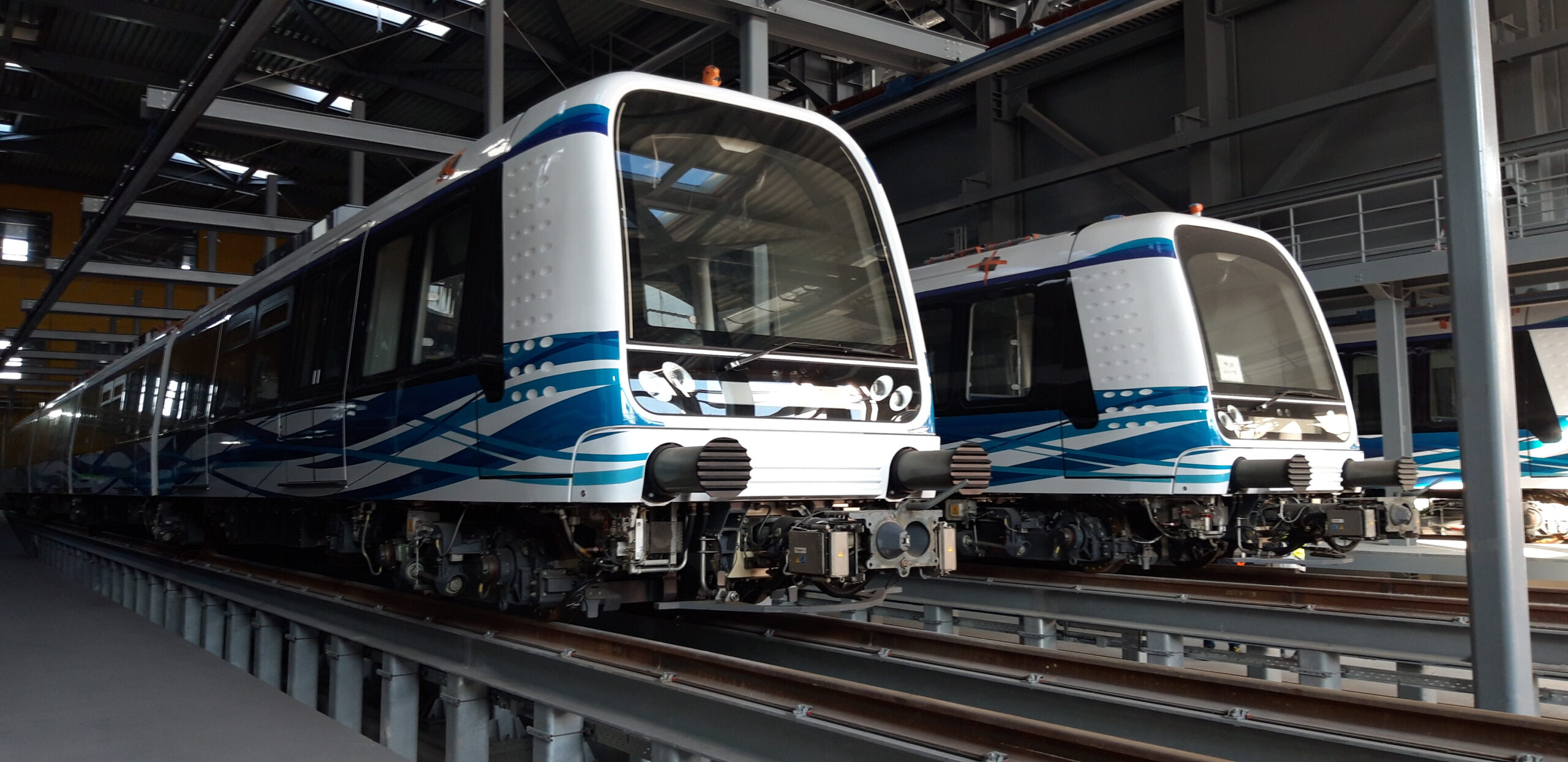
Once fully operational, the metro is estimated to cut 56,000 cars from Thessaloniki’s roads each day, reducing annual CO2 emissions by 77,000 tonnes.
The project includes 33 modern four-carriage trains, manufactured at Hitachi Rail’s Reggio Calabria facility in Italy. Each train, spanning 51 metres, accommodates up to 450 passengers. Of these, 18 trains will serve the first phase, with 15 more to follow under additional agreements.
A cornerstone of the project is Hitachi Rail’s CBTC technology, which enhances service efficiency and safety by enabling closer train intervals through wireless communication.
Construction efforts in Thessaloniki also prioritised preserving the city’s archaeological heritage, uncovering significant finds such as a decumanus maximus—an ancient Roman road—which will be displayed in the metro stations. The construction, including tunnelling, was led by Webuild.
What’s more, the project includes a 55,000-square-metre depot in Pylea, further boosting the city’s infrastructure.
This metro project joins a growing portfolio of autonomous systems by Hitachi Rail, which has delivered similar solutions in Milan, Taipei, Lima, and Copenhagen.

